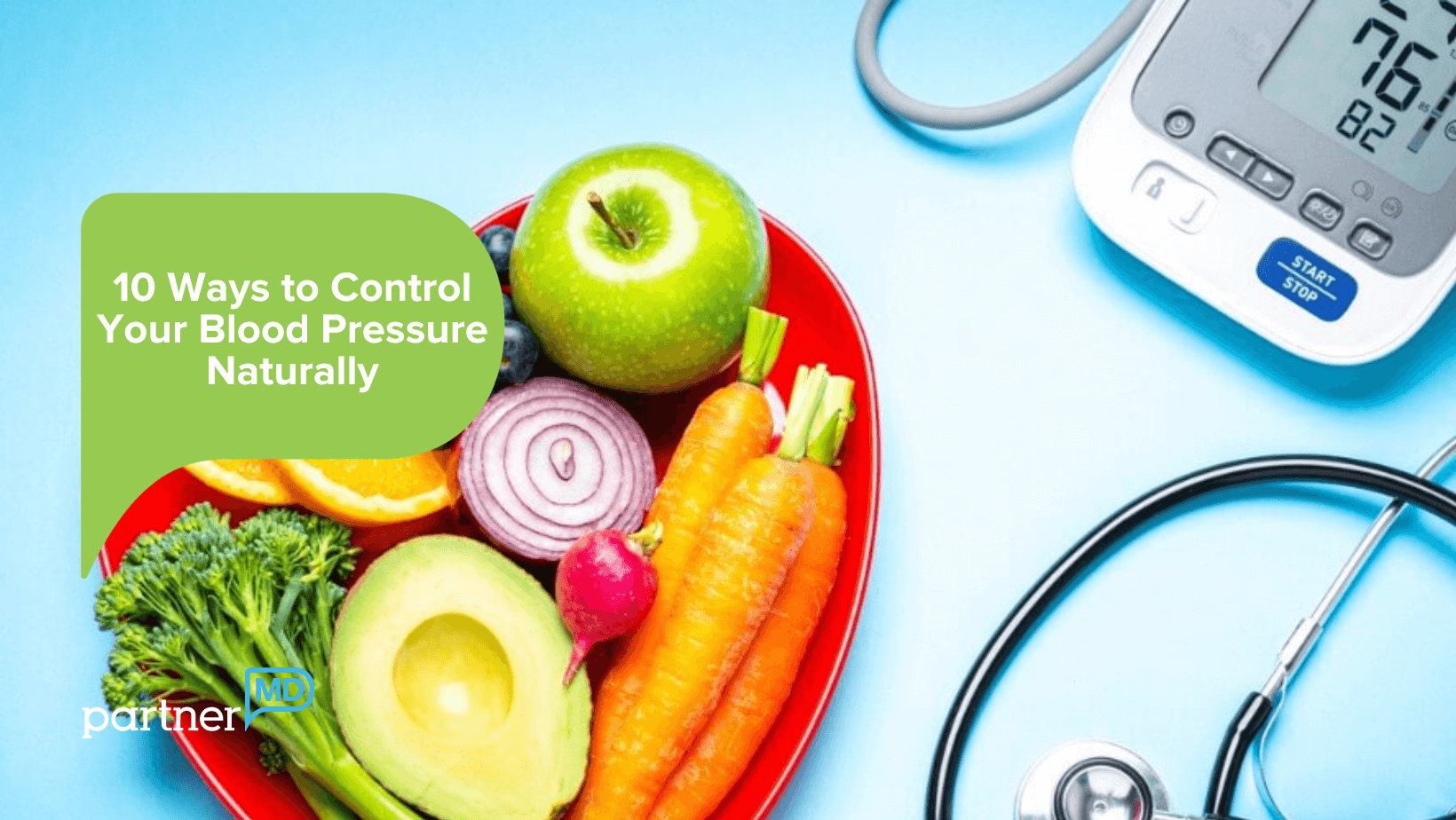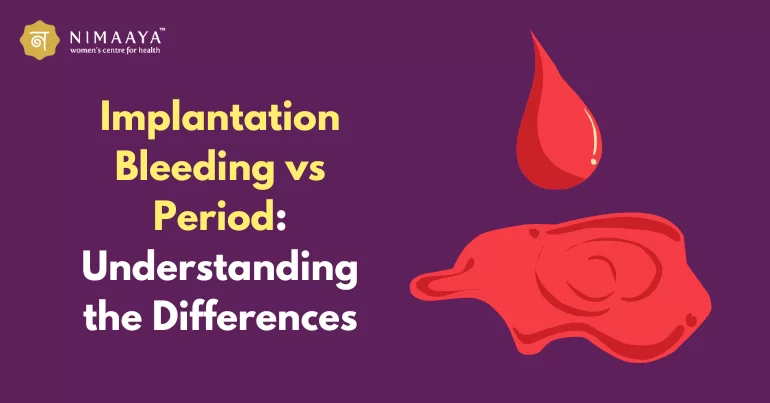
The Hidden Dangers of Processed Foods
Processed foods are a staple in the modern diet, often praised for their convenience and long shelf life. From ready-to-eat meals to snacks and beverages, they dominate grocery store shelves. However, beneath their convenience lies a plethora of hidden dangers that can seriously impact health. This article explores the risks associated with processed foods, the reasons behind their widespread consumption, and healthier alternatives to consider.
1. What Are Processed Foods?
Processed foods are those that have been altered from their natural state for safety reasons or convenience. They range from minimally processed items, like pre-cut vegetables, to highly processed products, such as sugary cereals and instant noodles. The more a food is altered from its original form, the more likely it is to contain harmful additives, preservatives, and artificial ingredients.
Types of Processed Foods:
- Minimally Processed: Washed, peeled, or cut fruits and vegetables.
- Moderately Processed: Canned beans, frozen fruits, and vegetables.
- Highly Processed: Snack foods, sugary drinks, ready-to-eat meals, and processed meats like sausages and bacon.
2. The Chemical Cocktail in Processed Foods
Additives and Preservatives:
To enhance flavor, color, and shelf life, processed foods are loaded with artificial additives, including:
- Monosodium Glutamate (MSG): Used as a flavor enhancer but linked to headaches and obesity.
- Artificial Sweeteners (Aspartame, Saccharin): Can disrupt gut microbiota and have potential carcinogenic effects.
- Preservatives (Sodium Benzoate, BHT): Linked to hyperactivity and potential cancer risks.
- Colorants: Associated with allergic reactions and behavioral issues in children.
3. High Sugar and Salt Content
The Sugar Trap:
- Many processed foods contain hidden sugars under names like high fructose corn syrup, dextrose, and maltose.
- Excessive sugar intake is linked to obesity, type 2 diabetes, heart disease, and dental issues.
Salt Overload:
- High levels of sodium are added for flavor and preservation.
- This increases the risk of hypertension, stroke, and heart disease.
4. Nutrient Depletion and Empty Calories
- Low Nutritional Value: Processed foods are often stripped of essential nutrients like fiber, vitamins, and minerals.
- Empty Calories: High in calories but lacking nutritional benefits, leading to overeating and weight gain.
- Nutrient Deficiency: Long-term consumption contributes to deficiencies in essential nutrients, weakening immunity and increasing susceptibility to chronic diseases.
5. Harmful Fats and Their Consequences
Trans Fats:
- Found in margarine, baked goods, and fast food.
- Increases bad cholesterol (LDL) and lowers good cholesterol (HDL), leading to heart disease and stroke.
Saturated Fats:
- Present in processed meats and dairy products.
- Linked to increased cholesterol levels and cardiovascular issues.
6. The Impact on Gut Health
- Artificial Sweeteners and Emulsifiers: Disrupt gut microbiota balance, leading to digestive issues, inflammation, and increased risk of obesity.
- Low Fiber Content: Affects digestion and can cause constipation and other gastrointestinal problems.
- Gut-Brain Connection: Poor gut health influences mental well-being, contributing to anxiety and depression.
7. Processed Foods and Chronic Diseases
Obesity and Metabolic Syndrome:
- High-calorie, low-nutrient foods lead to weight gain and metabolic disorders.
- Insulin resistance, high blood pressure, and increased triglycerides are common outcomes.
Heart Disease:
- High levels of sugar, salt, and unhealthy fats contribute to hypertension, high cholesterol, and cardiovascular diseases.
Type 2 Diabetes:
- Rapid spikes in blood sugar due to high glycemic index foods increase the risk of developing type 2 diabetes.
Cancer Risk:
- Some additives and preservatives are carcinogenic.
- High consumption of processed meats is linked to colorectal cancer.
8. Psychological Effects and Addiction
- Dopamine Release: Sugary and fatty foods stimulate the brain’s reward system, leading to cravings and addiction.
- Emotional Eating: High sugar and fat content affect mood and can lead to emotional eating and mental health issues.
- Cognitive Decline: Long-term consumption affects memory and cognitive function.
9. Why Are Processed Foods So Popular?
Convenience and Affordability:
- Ready-to-eat meals save time and effort.
- Mass production lowers costs, making processed foods cheaper than fresh produce.
Aggressive Marketing:
- Advertisements target children and busy adults, promoting unhealthy choices.
- Misleading labels such as “low-fat,” “sugar-free,” or “natural” mislead consumers.
Taste and Addiction:
- Engineered flavors and additives make processed foods highly palatable and addictive.
- The combination of sugar, fat, and salt creates a craving cycle.
10. Breaking Free from Processed Foods
Read Labels Carefully:
- Check for hidden sugars, artificial ingredients, and unhealthy fats.
- Avoid products with long ingredient lists or unrecognizable names.
Choose Whole Foods:
- Opt for fresh fruits, vegetables, whole grains, nuts, and lean proteins.
- Cook at home to control ingredients and portion sizes.
Healthy Alternatives:
- Swap sugary drinks for water, herbal teas, or fresh juices.
- Choose natural sweeteners like honey or stevia.
- Use herbs and spices instead of salt for seasoning.
Meal Planning and Preparation:
- Plan meals in advance to avoid reliance on processed foods.
- Batch cooking and freezing homemade meals for busy days.
11. Conclusion: A Call to Mindful Eating
The hidden dangers of processed foods are a serious public health concern. While they offer convenience and affordability, the long-term health consequences far outweigh the short-term benefits. Increased risks of obesity, heart disease, diabetes, cancer, and mental health issues highlight the importance of reducing processed food intake.
By understanding the risks, reading labels, and making informed dietary choices, individuals can take control of their health. Transitioning to a whole-food diet, rich in natural and minimally processed foods, promotes longevity, vitality, and overall well-being.
Take charge of your health today—choose natural, eat mindfully, and live healthier.
12. The Environmental Impact of Processed Foods
Processed foods not only harm human health but also have a significant environmental footprint. The production, packaging, and transportation of these foods contribute to environmental degradation.
Excessive Packaging Waste:
- Most processed foods are wrapped in plastic, contributing to plastic pollution and landfill overflow.
- Non-biodegradable packaging materials take centuries to decompose, harming wildlife and ecosystems.
High Carbon Footprint:
- The manufacturing process involves high energy consumption and greenhouse gas emissions.
- Transportation and distribution of packaged foods increase carbon emissions due to long supply chains.
Resource Depletion:
- Mass production requires large quantities of water, land, and energy, straining natural resources.
- Monoculture farming for processed food ingredients depletes soil nutrients and reduces biodiversity.
13. Socioeconomic Consequences
Health Inequality and Economic Burden:
- Low-income communities have limited access to fresh, nutritious foods, increasing reliance on cheap, processed alternatives.
- High healthcare costs are associated with treating chronic diseases linked to processed food consumption, burdening public health systems.
Influence on Traditional Diets and Cultures:
- The global spread of processed foods is eroding traditional eating habits and cultural food practices.
- Indigenous and local diets rich in natural and nutrient-dense foods are being replaced by processed, nutrient-poor options.
14. Misleading Marketing and Consumer Manipulation
Deceptive Labeling Practices:
- Labels like “low-fat,” “sugar-free,” or “organic” can be misleading, masking the unhealthy nature of processed products.
- Health claims often divert attention from harmful ingredients like artificial additives and preservatives.
Targeted Advertising:
- Processed food companies spend billions on advertising, targeting children and adolescents to establish lifelong brand loyalty.
- Celebrity endorsements and digital marketing further amplify the appeal of unhealthy products.
15. Regulatory Loopholes and Food Industry Influence
Weak Regulations and Oversight:
- Inconsistent labeling standards and regulatory loopholes allow the food industry to use harmful additives and misleading marketing strategies.
- Lack of transparency in ingredient sourcing and processing methods keeps consumers uninformed.
Lobbying and Political Influence:
- The processed food industry wields significant power through lobbying, influencing public policy and dietary guidelines.
- This often leads to lax regulations on additives, preservatives, and marketing practices.
16. The Science of Addiction: Why Processed Foods Are Hard to Quit
Hyper-Palatable Formulations:
- Processed foods are engineered to stimulate the brain’s reward system, making them addictive.
- The combination of sugar, salt, and fat triggers dopamine release, leading to cravings and overeating.
Impact on Brain Chemistry and Behavior:
- Long-term consumption alters brain chemistry, reducing impulse control and increasing addiction-like behavior.
- This leads to a cycle of emotional eating, food addiction, and unhealthy dietary patterns.
17. Global Epidemic: Processed Foods and Public Health
Rising Obesity Rates Worldwide:
- The global rise in obesity is closely linked to increased consumption of ultra-processed foods.
- Countries undergoing rapid urbanization and lifestyle changes are witnessing alarming obesity trends.
Chronic Disease Burden:
- Processed food consumption is a major contributor to non-communicable diseases (NCDs) like diabetes, cardiovascular diseases, and certain cancers.
- The World Health Organization (WHO) identifies processed foods as a leading cause of preventable chronic diseases.
18. Case Studies and Real-Life Examples
Japan vs. Western Countries:
- Traditional Japanese diets are low in processed foods and high in natural, nutrient-dense foods like fish, vegetables, and rice.
- This correlates with Japan’s low obesity rates and high life expectancy compared to Western countries with high processed food consumption.
Blue Zones:
- Regions known as “Blue Zones” (e.g., Okinawa, Sardinia) have populations with the longest lifespans and lowest rates of chronic diseases.
- Their diets consist mostly of unprocessed, whole foods, emphasizing plant-based nutrition.
19. The Role of Education and Awareness
Health Literacy and Consumer Empowerment:
- Educating consumers on the dangers of processed foods can promote informed dietary choices.
- Nutrition education in schools and public health campaigns can help combat the growing processed food epidemic.
Community Initiatives and Grassroots Movements:
- Community-supported agriculture (CSA) programs encourage local food consumption and reduce dependency on processed foods.
- Grassroots movements promoting home gardening and sustainable farming are gaining momentum worldwide.
20. Policy Recommendations and Government Interventions
Stricter Food Labeling Regulations:
- Implement transparent labeling standards, including clear disclosures of added sugars, artificial ingredients, and trans fats.
- Mandate health warnings on highly processed foods, similar to tobacco warning labels.
Taxation and Pricing Policies:
- Introduce taxes on sugary drinks and ultra-processed foods to discourage consumption.
- Subsidize healthy foods like fruits, vegetables, and whole grains to make them more affordable.
Banning Harmful Ingredients and Advertising:
- Prohibit the use of known carcinogenic additives and artificial colorants in processed foods.
- Regulate marketing practices targeting children, including banning junk food advertisements during children’s programming.
21. Practical Tips for Reducing Processed Food Consumption
Shop Smart:
- Shop the perimeter of the grocery store, where fresh produce, dairy, and unprocessed foods are usually located.
- Read ingredient lists carefully, avoiding products with artificial additives and preservatives.
Cook More at Home:
- Prepare meals at home to control the quality of ingredients and cooking methods.
- Experiment with natural herbs and spices for flavor instead of relying on packaged seasonings.
Mindful Eating Practices:
- Practice mindful eating by savoring each bite and avoiding distractions like TV or smartphones during meals.
- Pay attention to hunger and fullness cues to prevent overeating.
22. Conclusion: The Path to a Healthier Future
The dangers of processed foods are far-reaching, impacting health, environment, and society. The modern diet’s heavy reliance on these foods has fueled the rise of chronic diseases, obesity, mental health issues, and environmental degradation. However, the power to change lies in the hands of consumers, policymakers, and communities.
By prioritizing whole, natural foods, practicing mindful eating, and advocating for stronger regulations, we can break free from the cycle of processed food dependency. A shift towards sustainable, nutrient-rich, and culturally respectful diets is not only crucial for individual health but also for the well-being of future generations.
Choose wisely, eat consciously, and inspire change. The journey to better health begins with what you put on your plate.



 DailyMediCure
DailyMediCure 














a4xkr7